Merops apiaster Coraciiformes – Meropidae
They are back from their African winter quarters end of may in the South of France but mainly in Spain early in may. As Carrion crows, Black kites and some parrot species, they live as couples within a same colony and mate for life. It is awesome and inspiring to see how caring they are to one another but also very interesting.
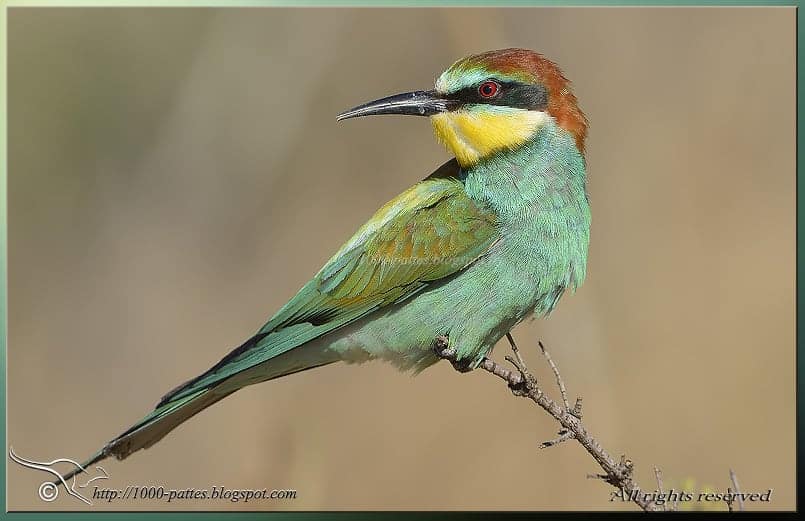

As all birds and animals in general, they preen often as they are plagued with parasites:
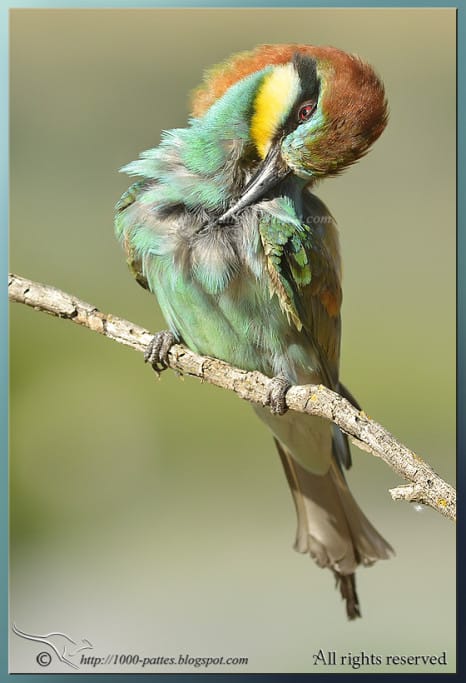
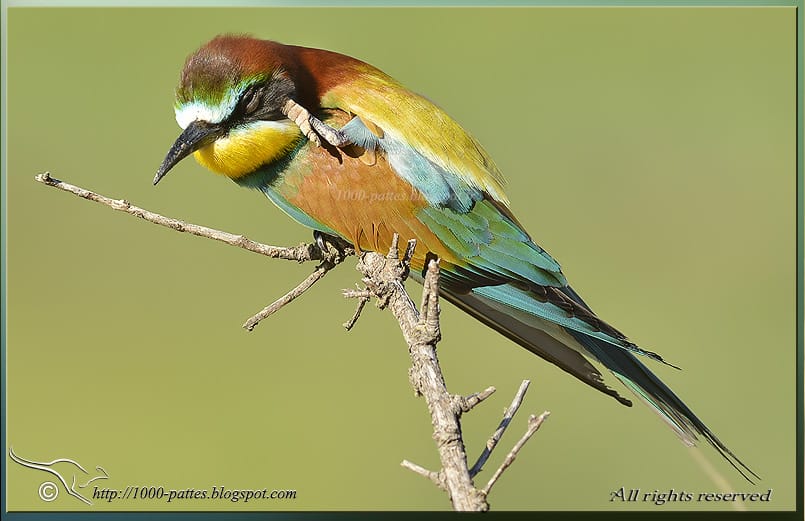
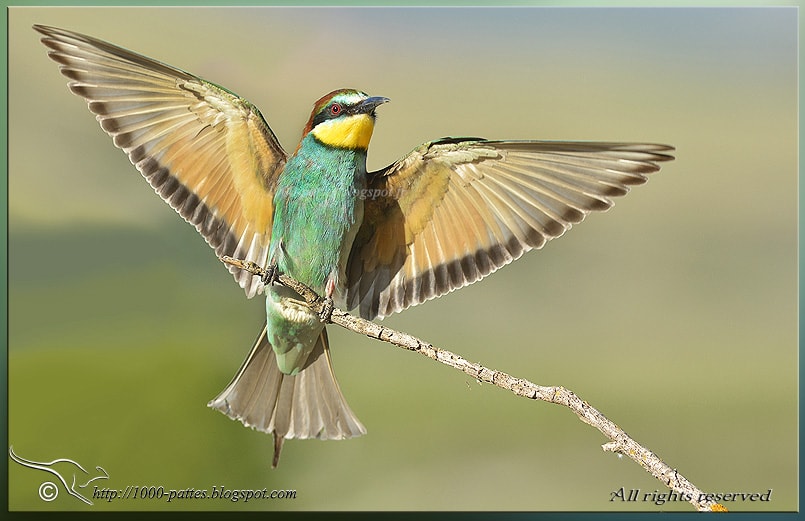
They feed exclusively on insects. Even ‘stinking’ bugs are part of the diet!
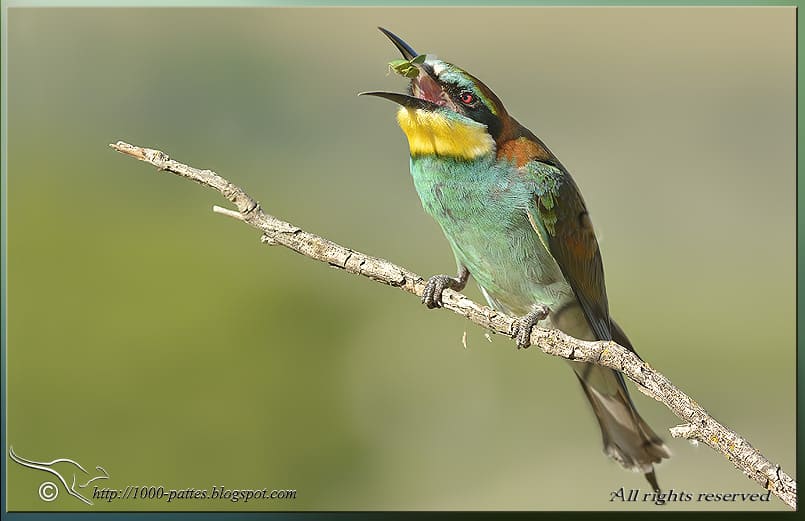
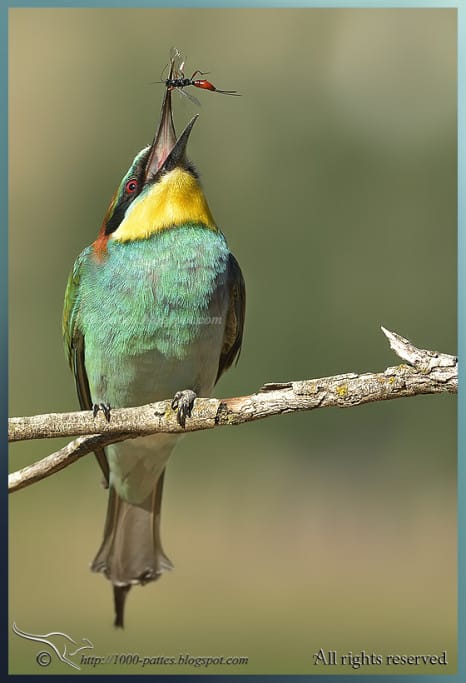
Shortly after their arrival on their nesting sites, males make offerings to their mates: this is an incentive ritual to induce the pair into breeding conditions.

Once in a while, they regurgitate an elongated dark pellet: it is the undigested crushed keratin of the insects’ exoskeleton they swallow whole:
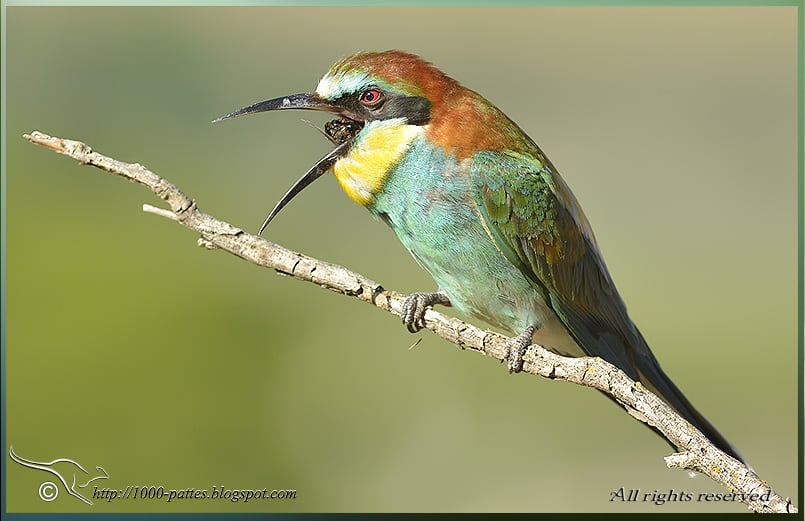
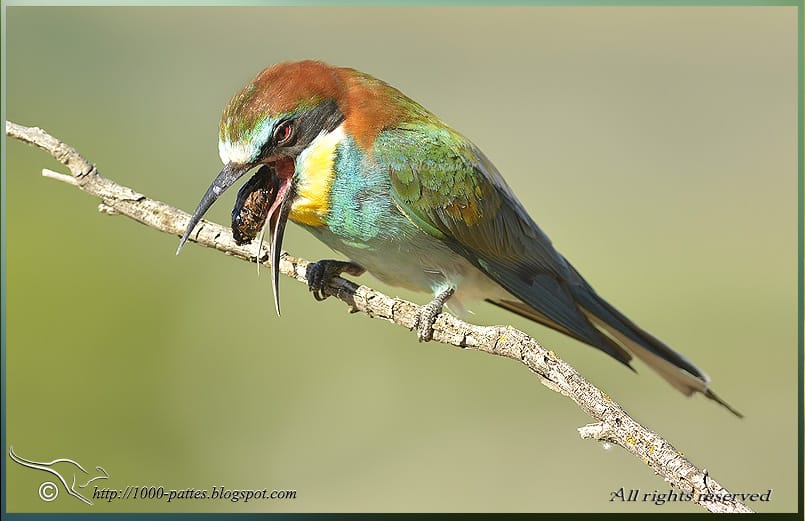
Both birds are involved in the process of digging a new hole if the old one is not available anymore. While one is busy…

…the other encourages the partner:

And then, mating occurs of course, a fantastic sight for the photographer:
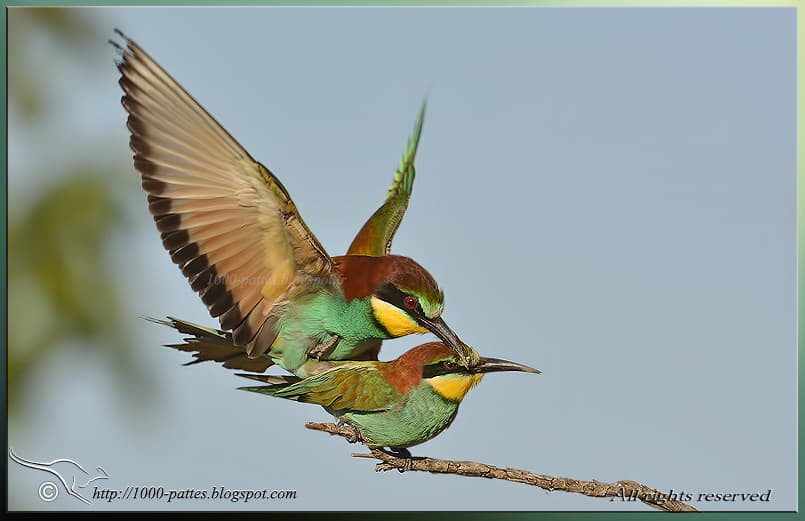
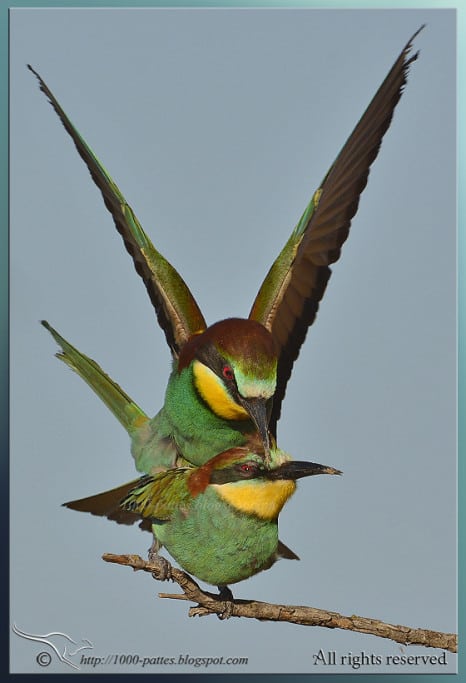
The female stays a while longer, stretching and preening before flying off to feed:
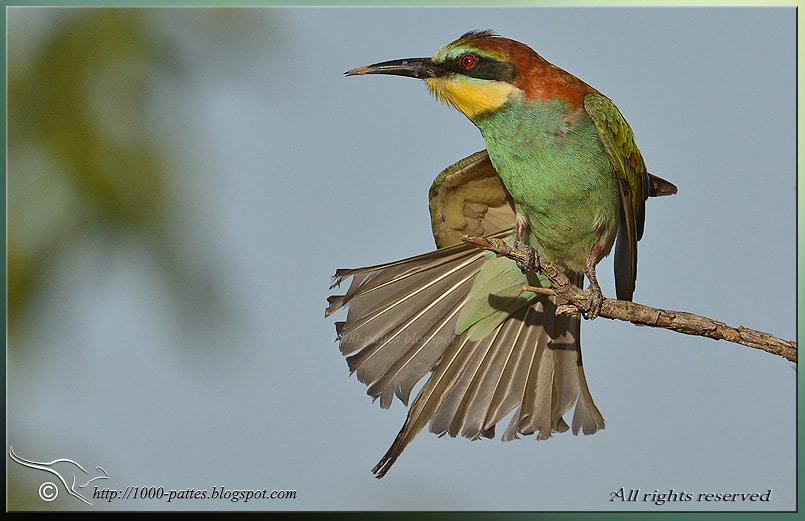
Noushka
Passionate about Nature and photography but mostly animals and birds. I live in France at the present, but have lived in Africa for 16 years and in the U.S. for 3 years and with Australia in mind for the future. With my husband, I created and managed a Bird Park in South Africa, raising mainly psittacines; the breeding facility housed over 1000 parrots at any given time. My photography is about sharing fauna's beauty with other enthusiasts! Equipment: NIKON lenses: 400 mm Z F4/5, 800 mm Z, 500 mm, 200/500 mm, 800 mm f5/6E

Leave a Reply